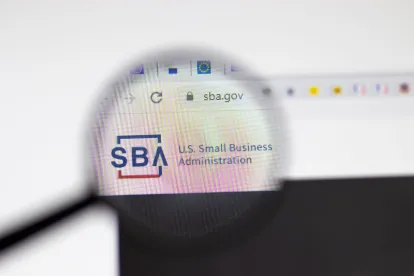The FAR Council recently published three final rules to conform the FAR with revised SBA regulations and federal laws intended to promote small business access to government contracts and subcontracts. While the rules make a number of changes to the FAR, the most significant revisions: (1) clarify the limitations on subcontracting; (2) provide examples of what constitutes good faith efforts to comply with small business subcontracting plans; and (3) make it clear that SBA procurement center representatives (SBA PCRs) may review any proposed acquisition over the micro-purchase threshold.
Clarification of Limits on Subcontracting
The first of the three rules provides the most significant changes to small business contracting. Perhaps the most important change is clarifying the subcontracting limitations that apply to small business set-aside contracts, which the FAR Council believes will simplify compliance. Small business contractors may now subcontract no more than 50 percent of the amount paid by the government for contract performance, excluding work performed by “similarly situated entities.” To be considered a similarly situated entity, the prime contractor and subcontractor must be under the same small business program and both considered small under the applicable North American Industry Classification System (NAICS) code for the program. The work performed by similarly situated entities will not count towards the 50 percent subcontracting limit, however, work that is further subcontracted by the similarly situated entity will count towards the limit.
Good Faith Efforts Under Small Business Subcontracting Plans
The second rule provides examples of what constitutes a contractor’s “good faith effort” to achieve subcontracting goals. This rule is important to contractors because the contracting officer may impose liquidated damages on a contractor that fails to meet its small business subcontracting goals, provided the contracting officer determines that the contractor has not made a good faith effort to achieve those goals. A contracting officer will look at the “totality of the contractor’s actions, consistent with information and assurances provided in its [subcontracting] plan.” The rule provides eleven indicia of a contractor’s good faith effort, including: dividing subcontracted work into economically feasible units, conducting market research and soliciting small business concerns early in the process. Indicia of a contractor’s failure to make good faith efforts are also identified in the final rule.
After completion of a contract, or in the case of a commercial plan at the end of the applicable fiscal year, the contracting officer will evaluate whether the requirements of a contractor’s subcontracting plan have been met and, if not, make a determination whether the contractor made good faith efforts to comply with the plan. A contracting officer may assess liquidated damages for failure to make good faith efforts to comply with the plan in an amount equal to the actual dollar amount by which the contractor failed to achieve each subcontracting goal.
SBA Review of Acquisitions
The third rule allows for SBA PCRs to request to review any proposed acquisition that exceeds the micro-purchase threshold. SBA PCRs will then make recommendations related to among other things: small business set-asides, sole-source awards and ways to improve competition. This rule allows for more input from the SBA in procurements, regardless of size.
It’s difficult to assess the impact of these three FAR rules at this time. However, the first and second rules may provide greater clarity for both large and small contractors concerning critical small business compliance requirements. The third rule concerning the increased role of the SBA PCR in reviewing solicitations should benefit small businesses since the SBA PCRs will have a greater opportunity to convince contracting officers to set aside contracts and identify opportunities for small business subcontracting.







 />i
/>i
